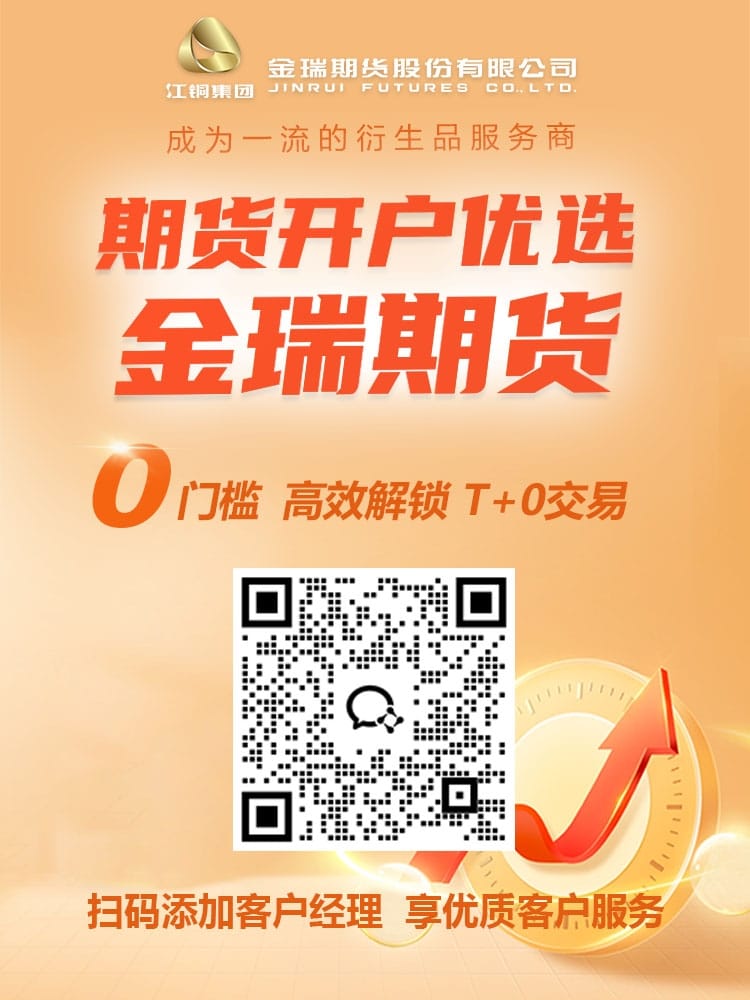
AI-generated image
AsianFin -- Mitsubishi’s formal retreat from China brings the curtain down on one of the most storied partnerships in the country’s automotive history—and signals the twilight of Japanese dominance in what is now the world’s largest and most fast-moving car market.
From exporting trucks in the 1970s to powering a generation of Chinese passenger cars with its reliable engines, Mitsubishi was once a cornerstone of China’s automotive industrialisation. But the Japanese carmaker, once revered as a “technology mentor” to China’s domestic brands, has been steadily displaced by a new generation of electrified, software-defined vehicles—and with them, a cohort of nimbler local champions.
The latest blow came last week, when Mitsubishi Motors confirmed it had exited its final Chinese joint venture, Shenyang Aerospace Mitsubishi Engine Co., bringing to an end a 50-year presence in the country. The former engine plant has since been renamed and recapitalised under local investors, with all Mitsubishi shareholdings dissolved.
The move underscores a broader reversal of fortunes for Japan’s carmakers in China, many of whom were slow to adapt to the EV transition and are now struggling to maintain relevance in an increasingly tech-driven, design-led and rapidly evolving consumer market.
A Legacy of Mentorship
Mitsubishi’s Chinese legacy stretches back to 1973, just a year after diplomatic ties were normalised. Early exports of its T850 trucks laid the groundwork for decades of industrial cooperation. For much of the 1980s and 1990s, Mitsubishi followed a textbook “technology-for-market” strategy—licensing engine designs and co-developing models with local players from Liuzhou to Fujian.
At its peak, Mitsubishi supplied engines to virtually every major Chinese carmaker. Its 4G6-series powerplants became ubiquitous under the hoods of models made by Chery, BAIC, Great Wall, and Brilliance. For many in China’s then-nascent automotive industry, a Mitsubishi engine was a byword for dependability. “Technology sourced from Mitsubishi, reliability guaranteed,” became a common refrain in showrooms.
From the Pajero and Lancer to Lioncel and Freeca, Mitsubishi’s chassis, drivetrains and technical architecture shaped multiple generations of domestic vehicles. By the late 2000s, nearly every homegrown brand relied on Mitsubishi’s internal combustion technology, a testament to the country’s longstanding technological gap in powertrain engineering.
Missing the EV Inflection Point
But as China pivoted aggressively toward electrification, Mitsubishi—and much of the Japanese auto sector—found itself caught flat-footed. Unlike their German rivals who leaned into Chinese R&D or Tesla’s early localisation push, Japanese manufacturers largely underestimated the scale and speed of the shift.
Mitsubishi’s only recent EV offering in China, the Airtrek, failed to make a dent, widely criticised as a rebadged Aion V with little innovation. The marque also failed to refresh its core line-up: the GAC Mitsubishi Outlander, once a household name, went nine years without a generational update before its quiet discontinuation.
The lack of investment in electric drivetrains, digital cockpits, and intelligent driving features proved fatal in a market where consumers now expect software updates and lidar as standard. Meanwhile, Chinese players like BYD and Li Auto rapidly outpaced their former Japanese mentors in performance, tech and design.
Even in the shrinking internal combustion segment, Mitsubishi’s technological edge has eroded. Chinese engine makers such as FAW, Dongfeng, and Chery have narrowed the thermal efficiency gap and are now producing powertrains on par with, or better than, their Japanese counterparts.
Mitsubishi’s retreat has been methodical but unmistakable. In 2021, the company divested from both Dong’an Mitsubishi and Soueast Motors. Two years later, it dissolved its most visible joint venture—GAC Mitsubishi—selling its Changsha factory to GAC Aion for a symbolic one yuan. The renamed plant now churns out electric vehicles for the fast-growing GAC EV subsidiary.

Sales figures tell the same story. GAC Mitsubishi’s sales fell to just 33,000 units in 2022, down 50% from the year prior, before vanishing into GAC Group’s “Others” reporting category in 2023.
Mitsubishi’s final JV, Shenyang Aerospace Mitsubishi, reported a net loss of 62.5 million yuan last year. Renamed Shenyang Guoqing Power in July, it now operates under domestic control, with Beijing Saimu Technology acquiring a 49% stake. Mitsubishi’s name has disappeared from the shareholder registry—and, increasingly, from Chinese roads.
A Wider Reckoning
Mitsubishi’s fall is far from isolated. In recent years, Jeep, Hyundai, Skoda and Suzuki have exited the Chinese market or shuttered local operations. Once-dominant players such as Nissan, Honda and Toyota have also seen their market share slide precipitously.
According to the China Passenger Car Association, Japanese brands accounted for just 12% of retail sales in June, down from 20% in 2022. By contrast, Chinese brands surged 25.7% in the first half of the year, cementing their dominance in both fuel and electric segments.
Part of the decline stems from cultural inertia within Japan’s auto giants. Executives at Toyota, Nissan and Mitsubishi long resisted the full-scale EV transition, clinging to hybrid technology and legacy powertrains. Meanwhile, consumers—especially younger buyers—have moved on, drawn to tech-centric offerings from XPeng, Nio, and Huawei-backed Aito.
“Today’s car buyers treat vehicles like smartphones,” said a senior executive at a Chinese EV startup. “They want innovation, updates, and connected ecosystems. You can’t survive with decade-old technology.”
Not all is lost for Japanese brands. Toyota has recently begun pivoting its China strategy under new CEO Koji Sato, embracing local R&D and launching smart EVs such as the Bozhi 3X, co-developed with Chinese partners and powered by Huawei’s HarmonyOS. Nissan and Honda are also retooling, but their product pipelines remain sluggish.
Still, for Mitsubishi, the road to recovery—if one exists at all—now lies outside China. Its slow response to electrification, weak localisation strategy, and stagnant product cycle left it vulnerable to a market that has become ruthlessly unforgiving.
What remains is a cautionary tale. In an age where carmakers must behave like tech companies, legacy reputations are no longer enough. The fall of Mitsubishi in China is a microcosm of the disruption sweeping the global auto industry—where being early, fast, and flexible counts for far more than past glories.
更多精彩内容,关注钛媒体微信号 (ID:taimeiti),或者下载钛媒体 App

























